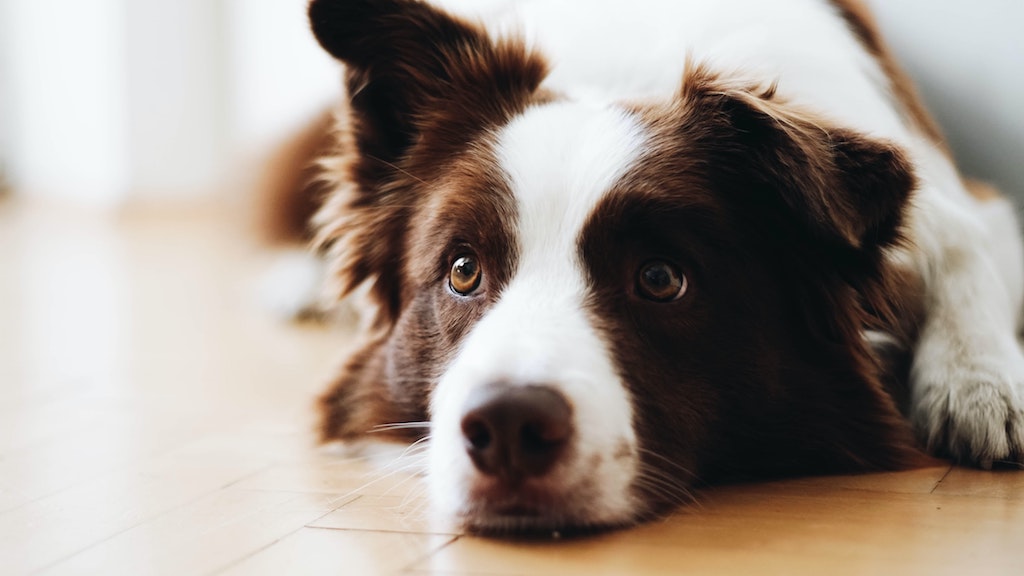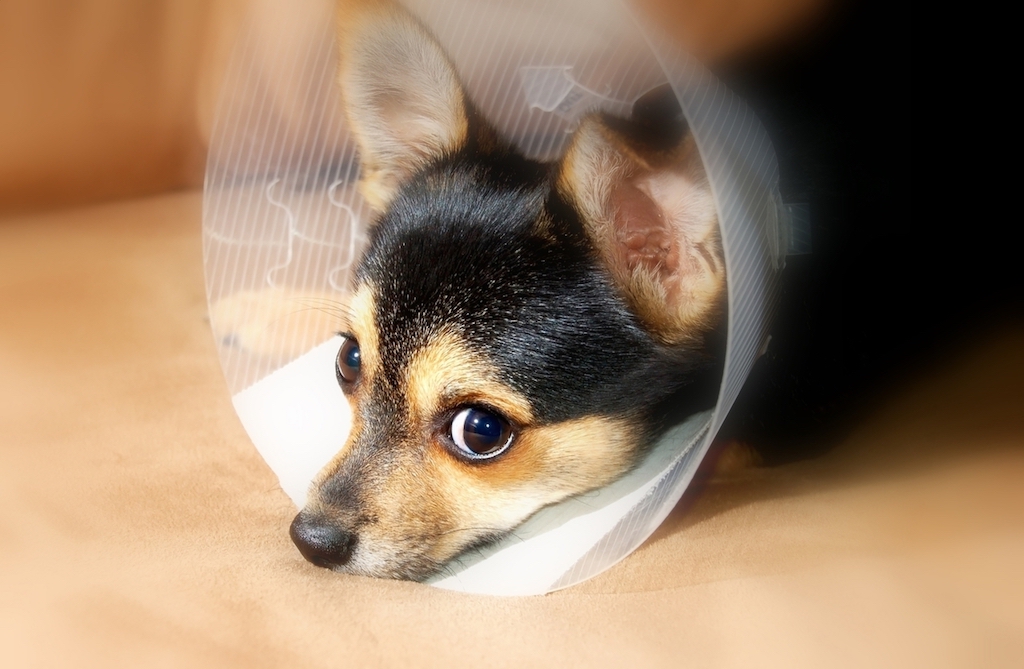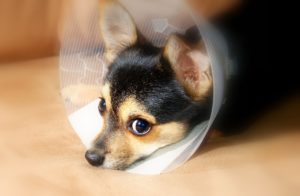As a pet partner, the decision of spaying or neutering your dog should seem like a no-brainer. Your veterinarian recommends it. And many pet partners like you vie to have their dogs neutered or spayed as soon as they come of age.

Yet, you aren’t sure whether spaying or neutering is the right choice. What comes of spaying or neutering your dog? Will it hurt them? What’s the basis of taking away their reproductive abilities? Would that impact their health in the long run?
For all these questions and more, here are all the details you should need as a pet partner to make the best decision for their health and well-being.
Why Neuter or Spay Your Dog?
Understand that spay and neuter are not interchangeable, although the result for both procedures is the same. Whether your dog gets spayed or neutered depends on your dog’s gender.
What is Neutering or Spaying?
Neutering or spaying refers to the process of removing the reproductive organs in cats or dogs. The surgery is performed on the pet while they are put under general anesthesia.
Male dogs or cats are neutered, i.e., their testicles are removed. Whereas female dogs or cats are spayed, i.e., they undergo ovariohysterectomy, a process through which the uterus, fallopian tubes, and ovaries are removed.
What is the Benefit of Spaying or Neutering Your Dog?
While you may have heard a fair bit about the benefits of this procedure, let’s go into the depths of it.
Neutering Your Dog
For male dogs, neutering reduces and calms their hormone levels. As a result, they won’t show aggressive behavior. They won’t bark, show their teeth, or exhibit any dominant behaviors.
Dogs also mark less, both indoors and outdoors. They get into fewer fights and show a calmer countenance as well. Keep in mind that neutering doesn’t eliminate their want to hump or mount. They may also show some interest in female dogs that are in heat. But any behavior they partake in will not result in a litter of puppies.
Additionally, as they grow older, they become less likely to get prostate-specific diseases, such as testicular cancer, enlarged prostate, or prostate diseases. Overall, through neutering, their health will benefit broadly in the long-run, from their puppy years to their days as senior citizens.
Spaying Your Dog
For female dogs, spaying is the primary goal to ensure that they do not give birth to any more puppies.
Overpopulation in just the United States is at an all-time high, with approximately 3.3 million puppies being born each year and entering shelters. By spaying your dog, you do your small part in decreasing this population, so shelters can focus on finding forever homes for the already-existing dogs who need one at the moment.

Alongside that, spaying your female dog reduces the risk of them becoming susceptible to certain diseases and illnesses, such as mammary gland cancer or pyometra, which is a life-threatening infection that affects the uterus.
Female dogs in heat also emit a discharge that has a foul odor. It signifies to other dogs that the female is fertile and attracts male dogs to the area. Spaying saves them from having to deal with male dogs that may become attracted to their odor, because they don’t emit it to begin with. Spaying also eliminates their heat cycle. Female dogs go into heat every eight months, a period that lasts three weeks, at most. And there’s no menopause either, so this cycle continues their whole life.
Not to mention that you don’t find any messes at home or in the backyard with a spayed dog since your dog won’t be persistent in going out and finding a mate. She’ll be relaxed, happy, and free to live as she wants.
What’s the Right Time to Get Your Dog Neutered or Spayed?
The best time for male dogs to have them neutered is at four months of age or when both testicles have descended normally. If only one testicle has descended, the surgery is more complicated since both will need to be removed. Otherwise, the remaining testicle may develop a tumor.
Neutering is also a good opportunity for a hernia repair if your dog suffers from an umbilical hernia and needs to have it removed. Your veterinarian will likely use their time during the same surgery to repair the hernia as well.
For female dogs, veterinarians recommend four months of age to be the best time for spaying surgery. However, if you take too long and the dog goes in heat, your veterinarian may suggest moving the time of surgery to about three months after her season finishes. This reduces the risk of any surgical complications.
How to Prepare Your Dog for Neutering or Spaying Surgery?
Typically, your veterinarian will provide you with all the information you need pre-surgery. They will take some blood work to make sure your dog is healthy and doesn’t have any conditions that may cause problems under anesthesia.
They will also ask you to refrain from giving your dog any food or water at least eight hours in advance since the anesthesia will cause nausea. A bit of water before the surgery is fine if your dog is thirsty, but you’ll need to ask your vet before giving your dog any liquids.

What You Should Know About the Surgery
Rest assured, if you’re having the surgery conducted by a professional veterinarian and have had the blood work done beforehand, you should have no worries.
After receiving anesthesia, the vet will give your pet medication that will make them sleepy and ease the pain. Throughout the surgery, your pet’s heart rate and oxygen level will be monitored. Dogs are usually intubated and are fully asleep when the surgery takes place. Once placed on a heating blanket, the veterinarian proceeds with the surgery and removes the vital organs. The skin is then closed using stitches, skin staples, or skin glue. Female dogs may be given stitches below their epidermis layer before it is glued or stitched shut.
This surgery takes about five to fifteen minutes, perhaps more depending on the dog’s age and size. If your female dog is getting spayed, her surgery may take more than twenty minutes. But it may extend upward of ninety, depending on her size, age, and whether she is in heat since her reproductive tracts will be more fragile during this time.
How to Care for Your Dog, Post-surgery
The first twenty-four hours after the surgery require observation.
When picking up your dog from the vet, ask for instructions on how you should take care of them and what you should keep an eye out for.
Please do not leave your pet at home alone or overnight, and keep them company, so they know they’re not alone in this. Your dog may not be in a very good mood, neither will they be feeling well after the surgery, so don’t be alarmed if your dog does not have their evening meal, even if they haven’t had a meal before.
Your dog may have a little soreness or pain. But unless they vocalize their discomfort, or start to drool, shake, or hide from you, don’t worry. Other factors you should keep an eye out for include vomiting and extreme lethargy. Also, if you see excessive weeping or bleeding from the site of the incision, you may want to take your dog back to the vet. A pale mucous-like discharge or a strangely-distended stomach or abdomen may indicate internal bleeding.
In other words, if you see anything out of the ordinary, get your dog to the emergency vet right away.
Factors to be aware of:
- Discharge from the site of the incision, if it’s any type beside thin and clear
- A foul odor emanating from the location of the incision
- Ripped or open incisions where the tissues are exposed
- Redness around the site of incision
- Swelling around the area of the incision, especially if the skin starts bulging
Post-Recovery Information for Spaying or Neutering Your Dog
Your veterinarian will likely fit a recovery collar on your dog, so they don’t inflict any damage on the incision site with their paws or tongue.
Keep that cone on them, even if your dog is displeased with it. Watch for any actions that may indicate your dog is rubbing the incision on any surface or floor. If your dog finds the cone annoying, invest in a padded cone so that they can feel more comfortable.

Spaying and neutering in dogs usually take about 2–3 days to recover, though that time may extend if they are older. Most spay/neuter skin incisions are fully healed within about 10–14 days. Typically, neutered dogs may recover more quickly than spayed dogs. Also, smaller dogs may recover more rapidly. However, they will be more at risk of internal bleeding post-surgery, so keep an eye out for that.
A Choice With Multiple Benefits
Most likely, your dog won’t even realize that something has changed after surgery. They will become calmer, happier, and will exhibit a healthy appetite, just as dogs should. But as a pet partner, you will know what a big difference you’ve made for their life and health. Spaying or neutering is an important surgery, one that offers multiple benefits. So, don’t be anxious. Find the right veterinarian who can perform the surgery well, and stay with your dog every step of the way. Your dog will be just fine.
If you have any further questions, don’t hesitate to ask your vet about it. And seek comfort in the fact that while you will feel a little worried about the surgery (which pet partner wouldn’t!), your dog loves you and knows that you will always make the right decision for them!









